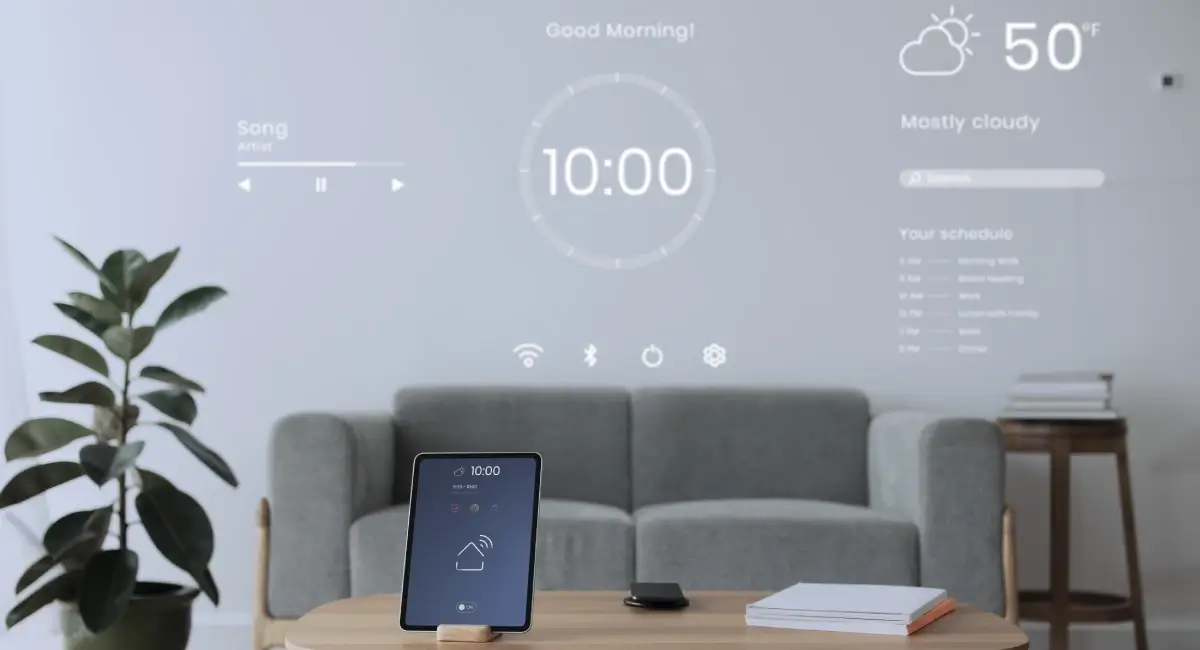The world is changing rapidly, and so is the technology. Smart home technology is becoming increasingly popular, with a growing number of households opting for it. This technology allows you to control your home with your smartphone, voice assistants, and even your watch. The integration of smart home technology has changed the way we live, and it has a significant impact on interior design.
What is Smart Home Technology?
Smart home technology refers to the automation of home appliances and systems, such as lighting, heating, security, and entertainment. It is a network of devices and appliances connected to the internet, allowing you to control and automate them remotely. Smart home technology has evolved to the point where you can use voice assistants such as Amazon Alexa or Google Home to control your home.
Impact of Smart Home Technology on Interior Design
The integration of smart home technology has revolutionized the way we design our homes. It has a significant impact on the interior design of homes, making it more functional, comfortable, and energy-efficient. Here are some of the ways in which smart home technology is changing interior design.
Automation of Lighting
Smart lighting systems allow you to control the brightness, color, and intensity of your lights. With this technology, you can program your lights to turn on and off at specific times or use motion sensors to turn them on when you enter the room. This automation of lighting makes it easy to create the perfect ambiance for your home, whether it’s for a romantic dinner or a movie night.
Integration of Smart Speakers
Smart speakers such as Amazon Alexa or Google Home are becoming increasingly popular. They allow you to control your smart home devices with your voice, making it easier to manage your home. These smart speakers are also used for playing music and as virtual assistants, making them a must-have device in modern homes.
Energy Efficiency
Smart home technology has made it possible to make our homes more energy-efficient. Smart thermostats, for instance, can be programmed to adjust the temperature of your home according to your schedule, making it possible to save on energy bills. Smart homes can also integrate renewable energy sources, such as solar panels, which can further reduce energy costs.
Home Security
Smart home technology has also revolutionized home security. With smart locks and security cameras, you can monitor your home remotely, making it easier to keep your home secure. Smart home security systems are also integrated with smoke and carbon monoxide detectors, alerting homeowners of any potential dangers.
Customization
Smart home technology allows for customization of your home’s functionality. Homeowners can design their homes to suit their specific needs and preferences. This customization allows for a more personalized and comfortable living experience.
Conclusion
Smart home technology is changing the way we live, and it has a significant impact on interior design. With the automation of lighting, integration of smart speakers, energy efficiency, home security, and customization, smart homes have become more functional, comfortable, and efficient. As the technology continues to evolve, we can expect even more innovations that will further transform our homes into smart living spaces. It’s essential to embrace this technology and incorporate it into our home design to create a modern, comfortable, and efficient living space.
